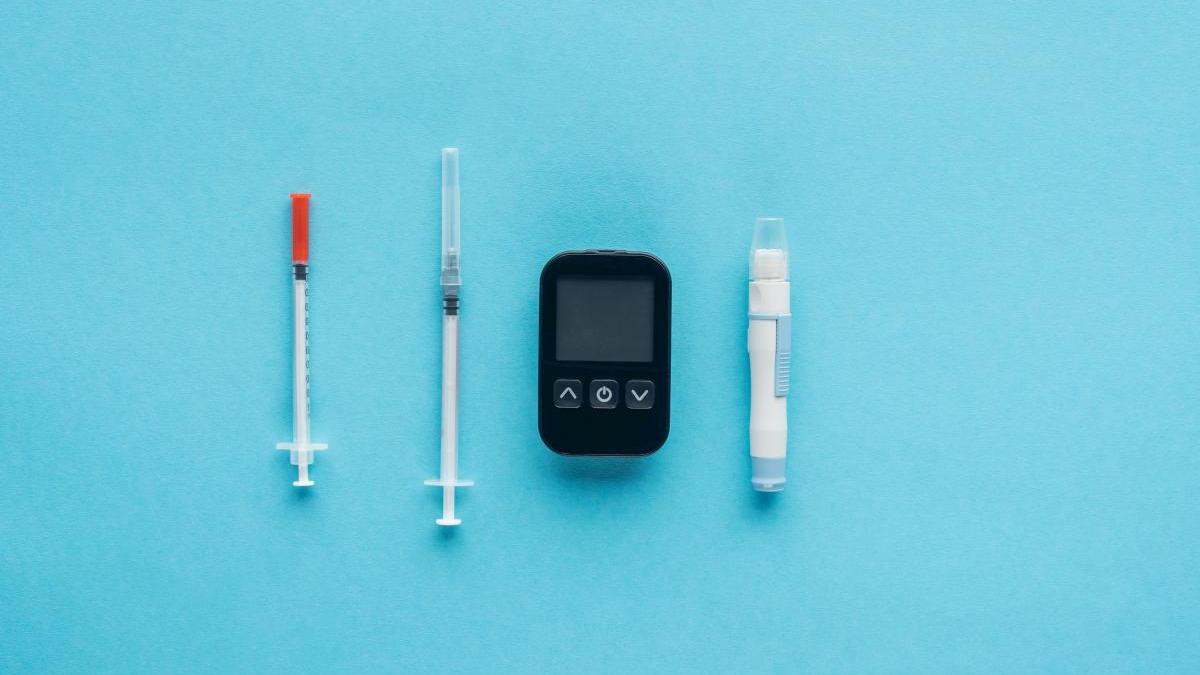The central point of type 1 diabetes treatment is to have the right amount of insulin to keep blood sugar levels from being either too high or too low. Insulin is a hormone that helps to move glucose from the blood into cells for energy. In type 1 diabetes, your own immune system kills the insulin-producing cells in the pancreas. Therefore, insulin needs to be taken by injection or another delivery method.
Keeping blood sugar levels not too high or not too low is not easy. However, understanding how our body works and how diabetes behaves helps control the condition. Blood glucose testing is a vital part of managing type 1 diabetes. It needs to be done at least a few times each day. Abnormal blood sugar levels can put you at risk of immediate danger to health. Therefore, it is essential to know how to recognize the signs of high and low blood glucose levels. In addition, continuously elevated blood glucose levels raise the risk of developing diabetes complications later in life.
Health team
Your diabetes health team is an essential part of your diabetes treatment. They are here to help you with advice on controlling diabetes and refer you to any medical specialists you may need to see. Your health team is also responsible for making sure you get all the health checks that are recommended for people with diabetes. It will help you spot any signs of damage caused by diabetes and ensure that they are treated to prevent more severe complications.
Insulin injections and pumps
When you are diagnosed with type 1 diabetes, you will be prescribed insulin injections. Daily injections may seem stressful at first, but with time it becomes a manageable part of life.
An alternative way of taking insulin is to use an insulin pump, which continuously delivers small amounts of insulin into the body. Insulin pumps have a small tube called a cannula inserted just under the skin. It is kept in place for a few days until they need to be changed. The cannula delivers insulin into the layer of fat just under the skin. From there, it can be absorbed by the blood.
Diet and sugar levels
Carbohydrates in food raise blood sugar levels. Therefore, it is important to balance the amount of insulin intake and carbohydrate consumption. To do so, you need to learn how to estimate the amount of carbohydrates in the food you eat and be able to calculate how much insulin is required for that amount of carbohydrates. One of the best ways to acquire these skills is to go on a carbohydrate counting course. Your doctor can recommend you a suitable course if needed.
Transplantation
Another way of type 1 diabetes treatment is to have an injection of insulin-producing cells. This procedure is known as islet cell transplantation. It allows the transplanted cells to produce insulin inside your body. Islet cell transplantation is an expensive procedure and may have some drawbacks. Still, it can help reduce the amount of insulin you need to take and make diabetes more manageable.
More details:
Prediabetes and measures of prophylaxis
Differences between type 1 and type 2 diabetes
Causes, mechanisms of the disease development and symptoms (Diabetes mellitus type 1)
Causes, mechanisms of the disease development and symptoms (Diabetes mellitus type 2)
















Leave a Reply
You must be logged in to post a comment.